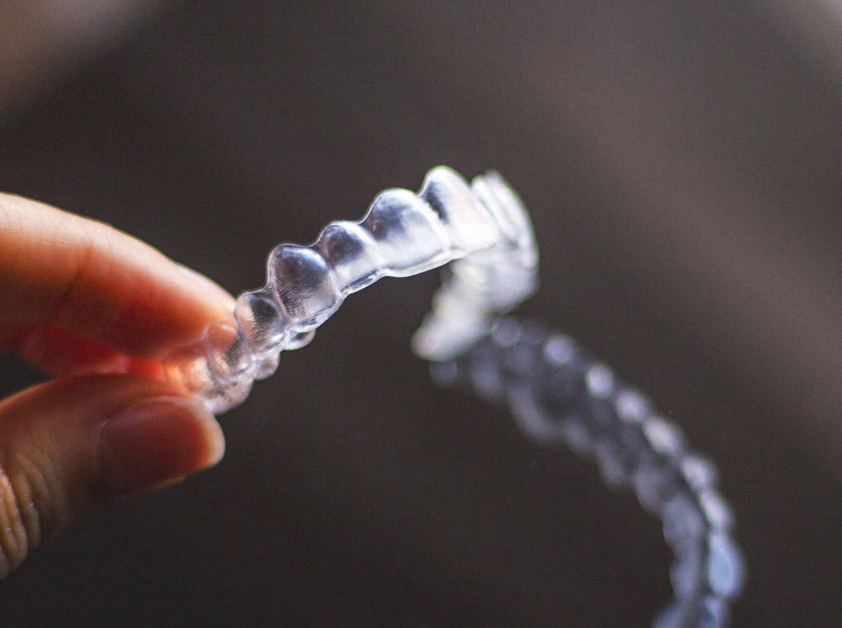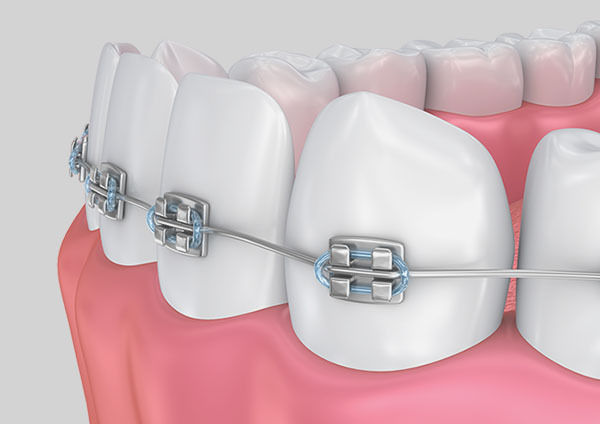
Orthodontics is a branch of dentistry that focuses on the diagnosis, prevention, and treatment of dental and facial irregularities. Orthodontists are dental professionals who have completed an additional two to three years of specialized training in orthodontics after dental school. They use various appliances, such as traditional braces, to move teeth and correct misalignment of the teeth and jaw.
Orthodontic treatment can provide a wide range of benefits, both cosmetic and functional. Some of the benefits of orthodontics include:
Improved appearance: Orthodontic treatment can help to straighten crooked teeth and correct misalignment of the teeth and jaw, resulting in a more attractive smile.
Improved oral health: Crooked teeth and misaligned jaws can lead to tooth decay and other dental problems. Orthodontic treatment can help to prevent these problems by correcting the alignment of the teeth and jaw.
Improved function: Orthodontic treatment can help to improve the way the teeth bite and chew, making it easier to eat and speak.
Increased self-esteem: A beautiful smile can boost self-confidence and improve self-esteem.
There are several different types of orthodontic treatment options available, including traditional braces, clear aligners, and fixed appliances.
Traditional braces are the most common type of orthodontic treatment. They consist of metal brackets that are attached to the front of the teeth and connected with a wire. The wire is tightened over time to gradually move the teeth into their proper position. Traditional braces are highly effective and can be used to correct a wide range of orthodontic problems.
Clear aligners are a newer type of orthodontic treatment that uses a series of clear, removable plastic trays to straighten the teeth. Clear aligners are a popular choice for adults because they are virtually invisible and can be removed for eating and brushing.
Fixed appliances are another type of orthodontic treatment that uses wires and brackets to move the teeth. Fixed appliances are typically used to correct more severe orthodontic problems and may be used in combination with traditional braces or clear aligners.
The process for starting orthodontic treatment will vary depending on the specific needs of your case and the treatment option you choose. However, the general process is as follows:
Consultation: The first step in starting orthodontic treatment is to schedule a consultation with an orthodontist. During the consultation, the orthodontist will examine your teeth and jaw and take X-rays to assess the severity of your orthodontic problem. They will also discuss your treatment options and create a treatment plan customized to your needs.
Placement of appliances: If you decide to proceed with orthodontic treatment, the next step is to have the appliances placed. This may involve attaching traditional braces to your teeth, receiving a series of clear aligners, or having a fixed appliance installed.
Adjustments and follow-up visits: After the appliances have been placed, you will need to schedule regular follow-up visits with the orthodontist to have the appliances adjusted. These visits are typically scheduled every six to eight weeks.
Removal of appliances: Once your teeth have been moved into their proper position, the orthodontist will remove the appliances. You may need to wear a retainer to help keep your teeth in their new position. The length of time you will need to wear a retainer will depend on the severity of your orthodontic problem and the stability of your teeth. The orthodontist will provide you with instructions on how to care for your retainer and how often to wear it.
In conclusion, orthodontics is a branch of dentistry that focuses on correcting dental and facial irregularities using appliances such as traditional braces and clear aligners. Orthodontic treatment can provide a wide range of benefits, including improved appearance, improved oral health, improved function, and increased self-esteem. There are several different types of orthodontic treatment options available, and the orthodontist will create a customized treatment plan based on your specific needs. The process for starting orthodontic treatment involves a consultation, placement of appliances, regular follow-up visits, and removal of the appliances once the treatment is complete.

Copyright @ Andepol Dental All Rights Reserved.
Get Treatment Plan & Quote